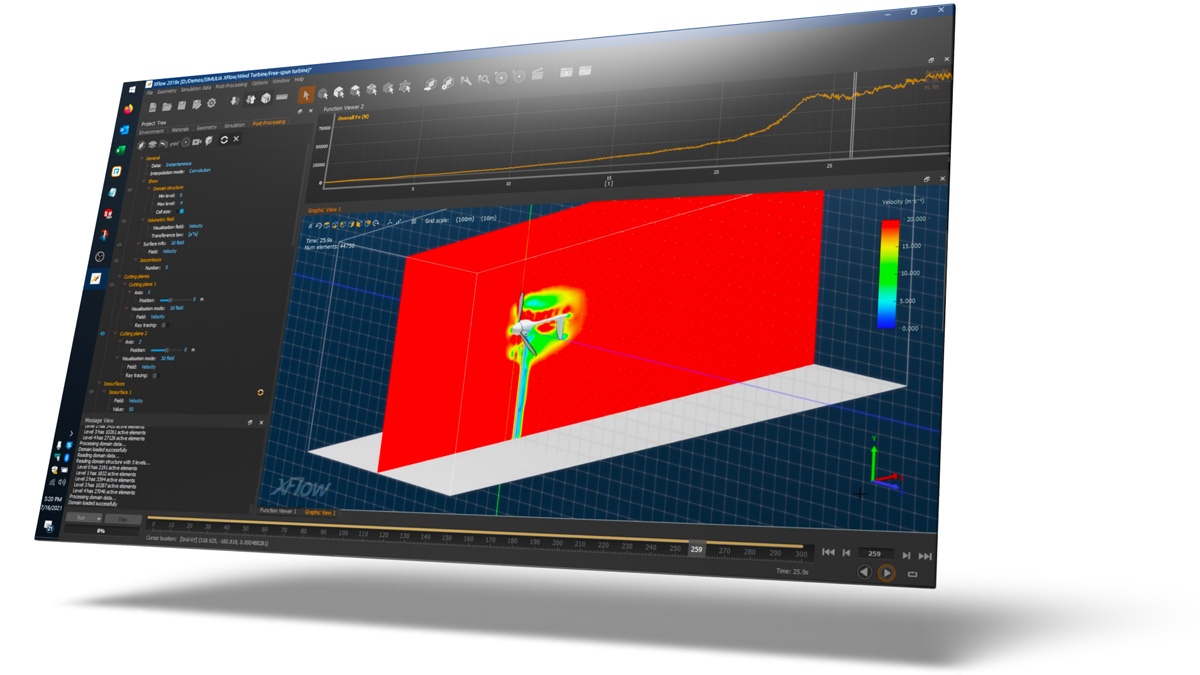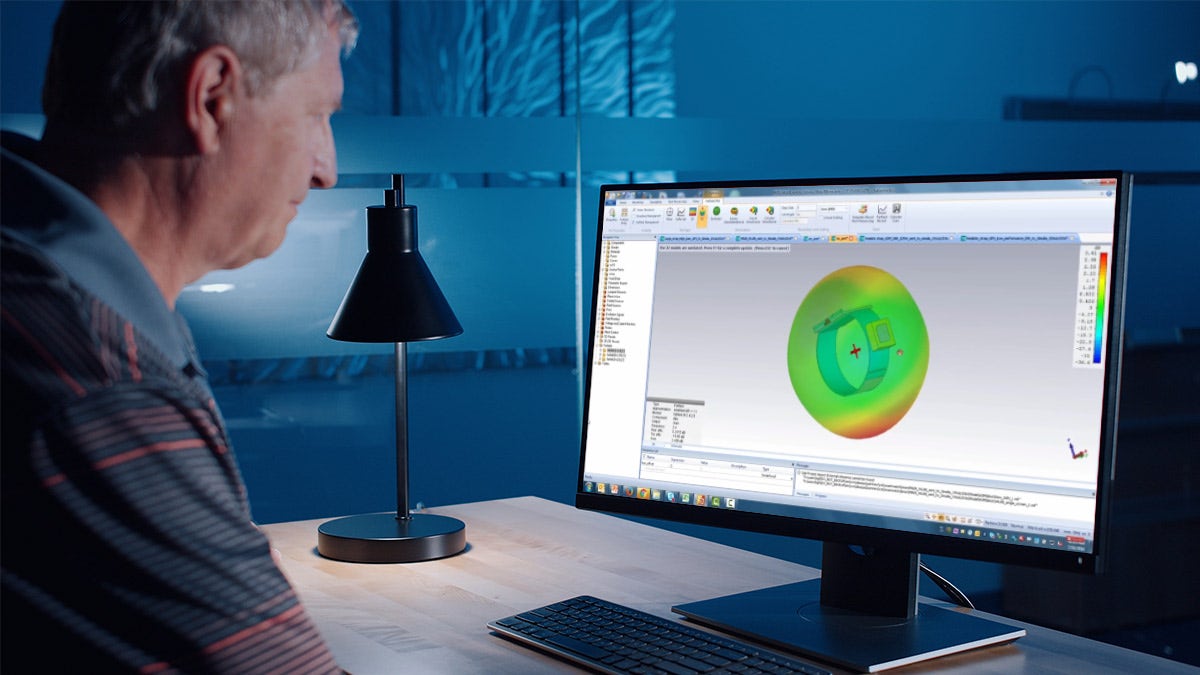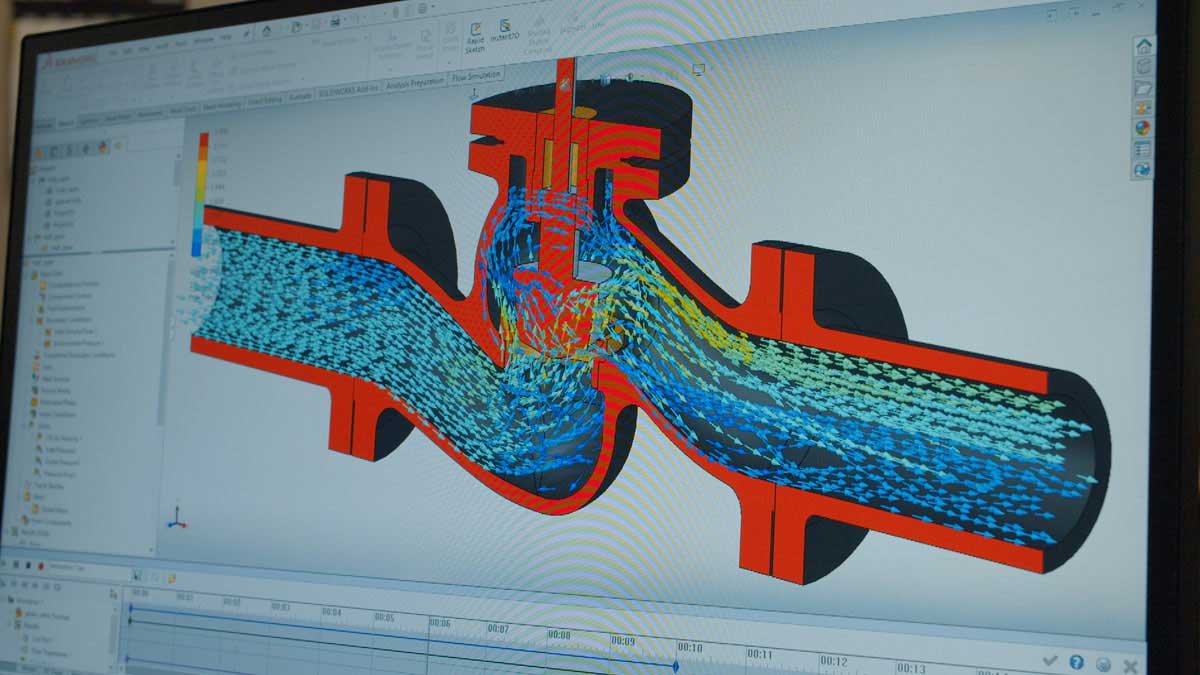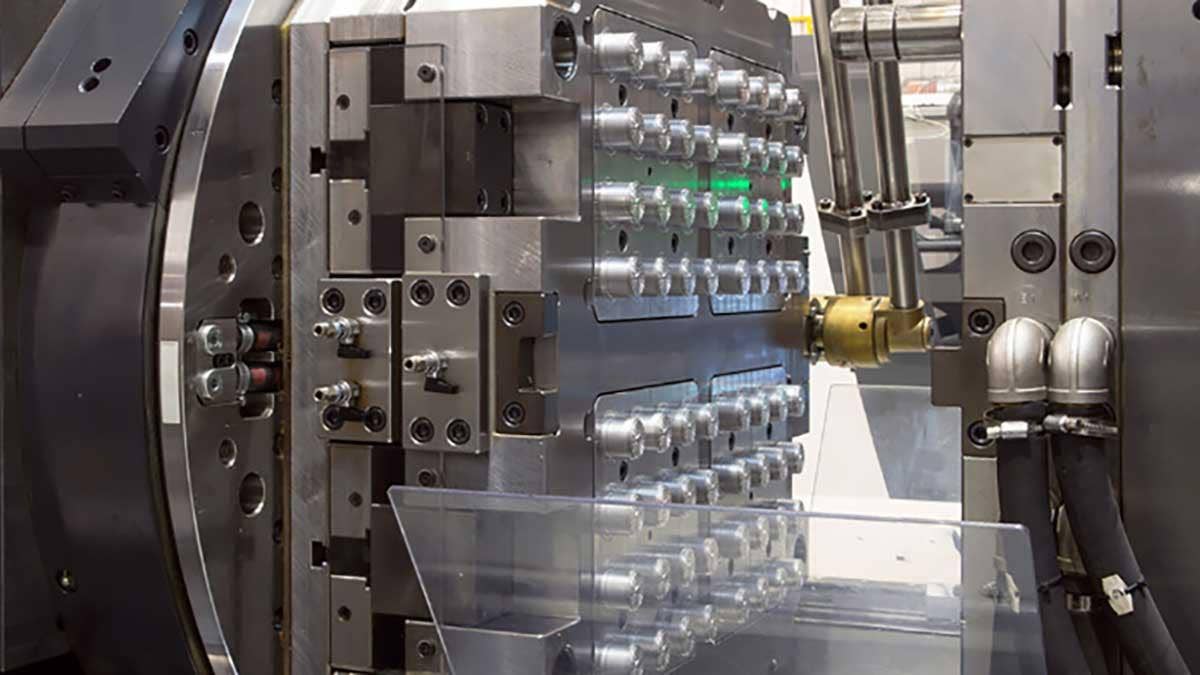SIMULIA XFlow
Push the limits of computational fluid dynamics (CFD) and simulate complex systems featuring body motion and free surface flows.
Get Pricing Sent to You Today
While you are waiting, check out our Resource Center or read our Blog!

Next-Generation Computational Fluid Dynamics (CFD)
SIMULIA XFlow uses the breakthrough Lattice-Boltzmann approach to push the limits of CFD. Simulate complex problems involving liquid surface tension or free body motion, such as mixing tanks, pistons and valves, gearbox lubrication, and cooling of electric motors.

Key Features
|
Features
|
SIMULIA XFlow
|
|---|---|
|
Fully Lagrangian Lattice-Boltzmann Solver
|
Compute a wide range of fluid flows without traditional meshing.
|
|
CPU & GPU Solver
|
Take advantage of distributed CPU and GPU solvers to find solutions to complex problems quickly.
|
|
Rigid Body Motion
|
Simulate fluid flow around controlled or free-moving solid objects such as valves, pistons, or rotating machinery.
|
|
Heat Transfer
|
Add conduction, convection, and radiation to the advanced physics already present in the XFlow solver.
|
|
Surface Tension Analysis
|
Predict the shape of liquids in an air environment, including waves, liquid droplets, and nozzle spray patterns.
|
|
Buoyancy Simulation (Boussinesq Approximation)
|
Simulate objects or gas bubbles floating in liquid environments.
|
|
Large Eddy Simulation
|
Simulate the transient formation of turbulent eddies at smaller scales than traditional CFD.
|
Exceptional Solutions, Even Better Support
Creating the best products requires the best solutions, training, and support. With a little insight into your product development process, our team of pros can point you to any tools you need (and nothing you don’t).
But it doesn’t end there. We’ll stay with you every step of the way, helping solve complex design issues, 3D printing application questions, and so much more. No matter where you’re at, both in your process and geographically, we’re here.
Simulation Resources

Powerful Electromagnetic Simulation on the Cloud
Watch Video
End-To-End Simulation Handbook
Download Guide
Confidently Design Quality Plastic Parts
Watch Video
Quickly Predict Your Design’s Real-World Behaviors
Watch VideoFrequently Asked Questions
No. SIMULIA XFlow solves the Boltzmann equations for fluids, improving performance and removing traditional CFD requirements such as a continuous fluid medium.
The SIMULIA XFlow desktop application can be installed locally on Windows and Linux environments. Alternatively, you can launch XFlow directly from the cloud-based 3DEXPERIENCE platform.
The base license of XFlow supports solving on up to 8 CPUs; this can be expanded to HPC and distributed computing environments utilizing up to 512 cores.
While SIMULIA XFlow can simulate heat transfer, specialized features for circuit boards and related components are not available. SOLIDWORKS Flow Simulation or SIMULIA CST Studio Suite would be recommended instead.
Large Eddy Simulation (LES) of individual turbulent vortices is enabled by a suite of models including Smagorinsky and Wall-Adapting Local Eddy (WALE).
Yes. SIMULIA XFlow natively supports rigid body motion of solid components, both free and enforced. Fluid-structure interaction for deformable geometry is possible via co-simulation with SIMULIA Abaqus.
Common SIMULIA XFlow applications include:
- Mixing tanks
- Pistons or moving valves
- Gearbox or powertrain lubrication
- Electric motor cooling
Services & Customer Benefits
Technical Support
Unmatched Training
On-demand training for SIMULIA XFlow will get you familiar with the software basics as soon as you’re ready, while our engineers can guide you through application-specific lessons such as moving geometry, acoustics, or multiphase flows.
